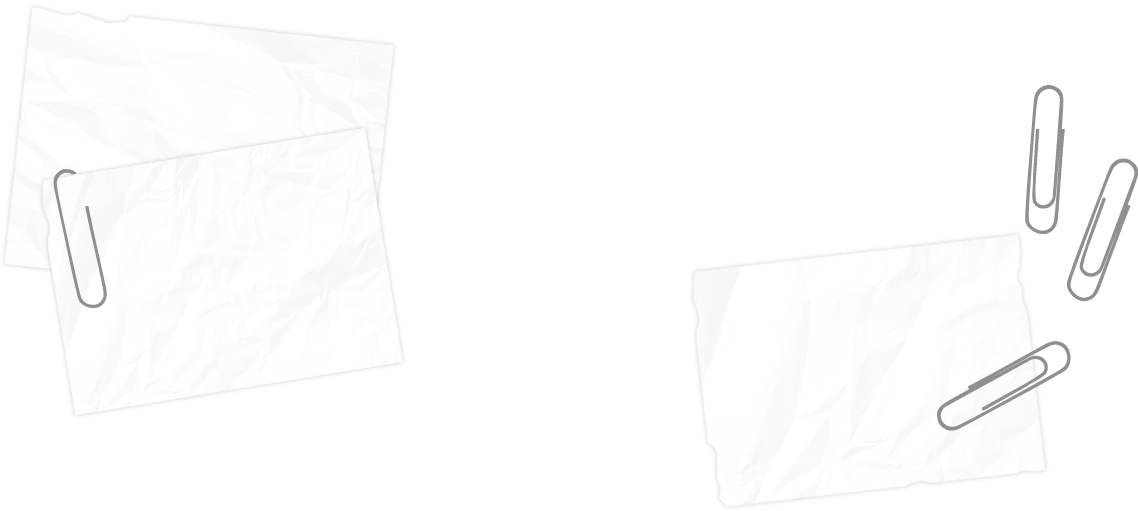
Madeline Shannon
Journalist

Why those who think fashion is trivial are wrong
Dec. 15, 2019
Professor Jacqueline Phelan
Fundamentals of Fashion Journalism
At the beginning of this semester, I told an acquaintance I was getting my master’s degree in Fashion Journalism here at Academy of Art University.
While the man I talked to seemed intrigued, a comment he made that implied he thought fashion was essentially frivolous got to me. He admitted he didn’t consider fashion to be important enough to study on a graduate level.
“Why not go for a master’s in something more worthwhile, like political journalism?,” he asked me.
This wasn’t a man who was aware of the far-reaching impacts of the fashion industry.
Meryl Streep as Miranda Priestly in the film “The Devil Wears Prada” said it best about a seemingly simple cerulean sweater, “That blue represents millions of dollars and countless jobs.” She was right.
According to the industry group FashionUnited, the retail value of the global luxury goods market was $339.4 billion in 2014, with a $3 trillion total global value--two percent of the world’s GDP. In apparel manufacturing, 24.8 million people found work, while 33 million people worked a textile job that year.
Additionally, LVMH, or Louis Vuitton Moet Hennessy, the largest fashion company in the world, reached €42.6 billion in revenue last year and has a value of €122 billion. LVMH isn’t the only company to amass that amount of wealth in the fashion industry, either. Nike, Inc., the brand behind my favorite college football team, the Oregon Ducks, accrued more than $34.4 billion in revenue last year and is worth an estimated $105 billion, according to FashionUnited.
In the United States, more than $250 billion are spent on fashion products annually, according to a 2015 report from the United States Congress Joint Economic Committee.
That report states 1.9 million people in the United States are employed in the fashion industry. New York City and Los Angeles employ the most people in the American fashion industry, but fashion employment is a growing part of the jobs market in cities as diverse as Phoenix, Ariz. and Nashville, Tenn. The Joint Economic Committee report estimated 1.9 million people in the U.S. found employment in the fashion industry in the previous year, with the number of fashion designers ballooning more than 50 percent in the 10 years prior to more than 17,000 people.
Similarly, the American apparel manufacturing industry employed 144,000 workers at the time the report was published. These jobs, which range from market research analysts to apparel patternmakers, can earn a worker anywhere from $53,800 (patternmakers) to $67,110 (computer professionals).
Aside from the far-reaching economic impacts of the fashion industry, there’s the intangible aspects of fashion to consider. According to those on the ground level of the fashion industry––retail––fashion can do something for a customer’s well-being.
“If you put something on that fits well and you feel good in it, it gives you an extra boost of confidence,” said Susan Masingle, former manager at Lucky Jeans in Livemore, Calif. “That’s especially true if it’s something you wouldn’t choose on your own, but then you wear it and you love it. It’s a confidence-booster.”
Much like Stanley Tucci’s character in “The Devil Wears Prada,” Masingale knows fashion is, as Tucci says in the film, “greater than art, because you live your life in it.”
Masingale agrees.
“It’s is like art,” Masingale said. “You take all these elements and build something. It’s a creative outlet.”
While fashion might always be seen by many as a trivial, with so many people depending on the fashion industry for their livelihoods and countries around the world not just supporting fashion, but acknowledging it’s a crucial economic driver, it’s clear that fashion is anything but trivial or frivolous. It is a critical economic, political and social force that we should all take seriously.